Coffee is a staple morning beverage for many Vietnamese people, with a variety of preferences ranging from milk coffee to black coffee. But do you know which coffee beans are used to make your favorite drink? Let’s explore the different coffee bean varieties commonly found in Vietnam.
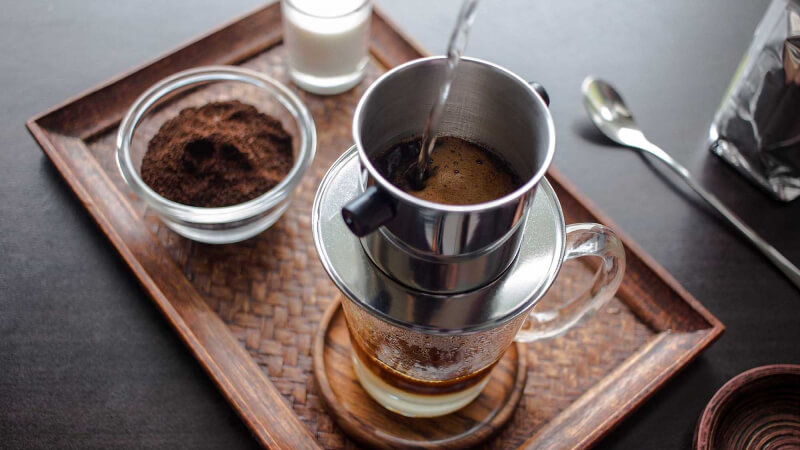 Vietnamese Drip Coffee
Vietnamese Drip Coffee
1. Arabica Coffee
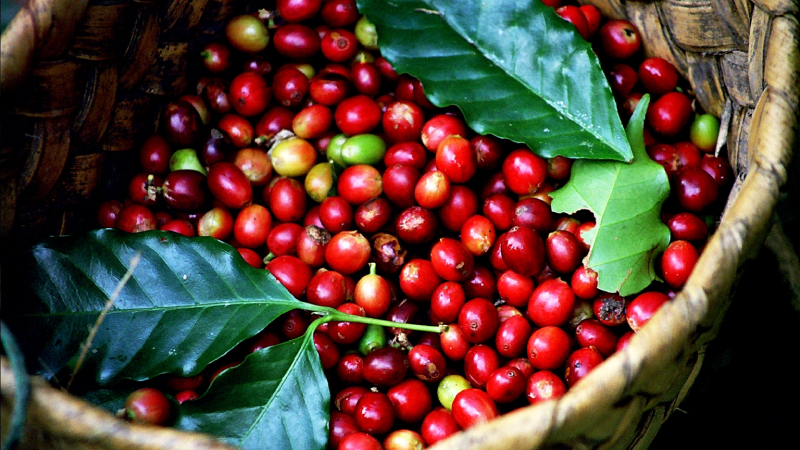
Arabica coffee beans were first introduced to Vietnam in 1857 by French missionaries. After unsuccessful attempts to cultivate the crop in northern and central provinces like Ninh Binh, Thanh Hoa, and Nghe An, farmers discovered that the Central Highlands was the ideal location for growing coffee.

Arabica coffee trees typically have smaller trunks and canopies. Their beans are slightly longer and offer a unique flavor profile with a mild bitterness, a hint of acidity, and a delicate aroma. When brewed, Arabica coffee has a light brown color.
2. Robusta Coffee

Robusta coffee (Coffea canephora) originates from the highland forests of Ethiopia and was introduced to Vietnam by the French in 1908. After experimentation, this coffee variety found its home in the Central Highlands region.
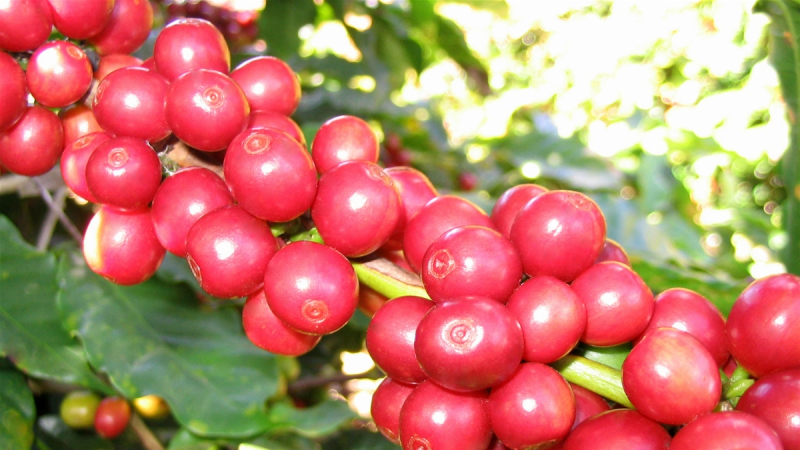
Robusta coffee beans are smaller than Arabica beans. They are sun-dried without fermentation, resulting in a predominantly bitter taste. Many people describe Robusta as having a stronger, more caffeinated flavor.
3. Liberica Coffee
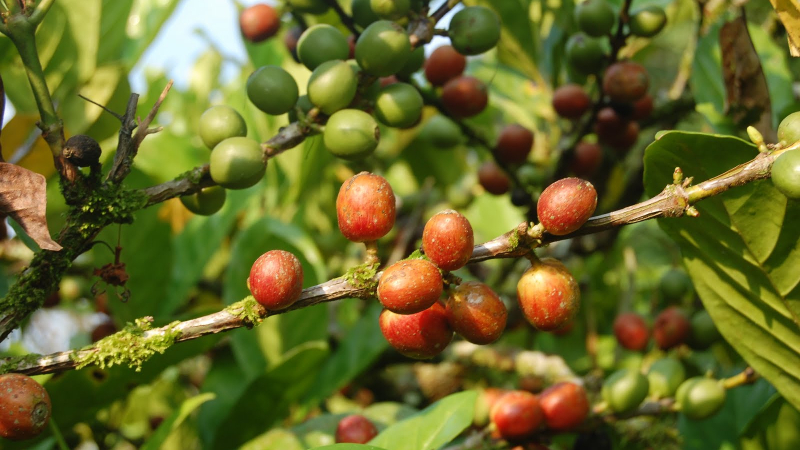
Liberica coffee, also known as “Cà phê mít,” originates from Ubangui Chari, near Lake Chad and the Sahara Desert. It was introduced to Vietnam in 1905. Unlike the previous two varieties, Liberica is predominantly grown in Gia Lai, Kon Tum, Lam Dong, and parts of Dak Lak and Buon Ma Thuot.
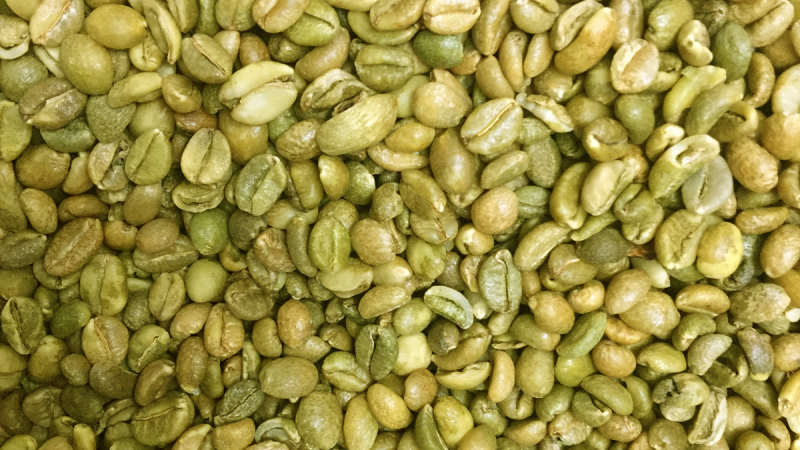
Liberica coffee beans are light yellow with slightly pointed ends, resembling grains of rice. They offer a mild, slightly acidic flavor with a pleasant aroma.
4. Moka Coffee
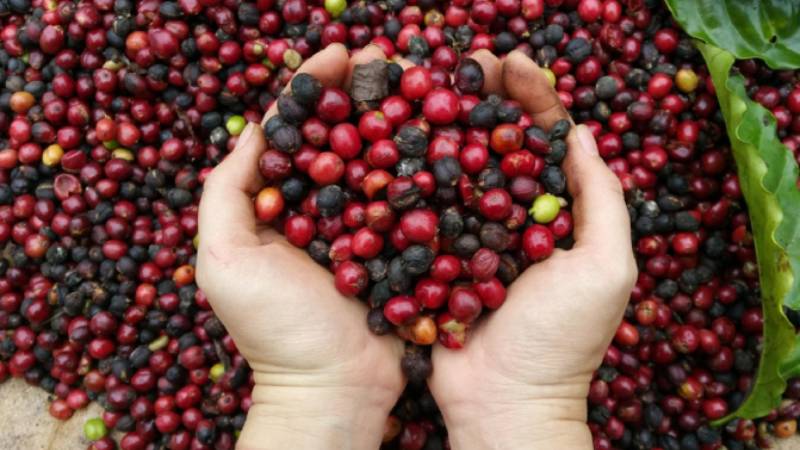
Moka coffee was introduced to Vietnam by the French in the 1930s and is predominantly grown in Da Lat, Lam Dong.
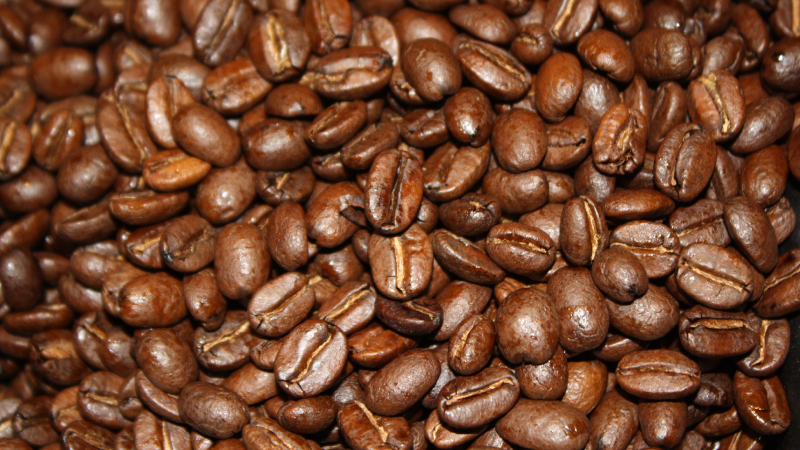
Moka coffee beans produce a superior flavor but require meticulous care. They offer an enchanting aroma and a gentle, subtle acidity.
With this information, you can better understand the different types of coffee beans used in your favorite drinks. If you’d like to learn more, feel free to leave a comment, and we’ll be happy to expand on this fascinating topic!






























